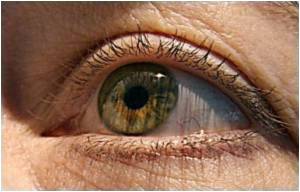Glaucoma’s worsening stage is marked by elevated pressure inside the eye, cornea thinning, and visual field loss, according to a report by New York researchers.

This, according to the researchers, is very important for previous studies do not give an accurate picture of what the majority of patients face or of the actual treatment strategies carried outside trial conditions. As glaucoma is a leading cause of permanent vision loss through damage of the optic nerve, accurate studies of its progression are very vital.
Carlos Gustavo V. De Moraes, M.D., from the New York Eye and Ear Infirmary and his team of researchers looked at data of 587 eyes of 587 patients who had enrolled in the New York Glaucoma Progression Study and who had at least eight visits for visual field loss.
The study, besides studying disc photographs and visual field analysis, looked at the measurement of peak intraocular pressure (IOP), the highest level of pressure in the fluid within the eye.
It was discovered that glaucoma progressed when peak IOP was 18 mm Hg (millimeters of mercury) or higher. Other risk factors included thinning of the cornea, presence of disc hemorrhage in the retina of the eye, and atrophy in part of the eye.
The most vital information was about the effect of IOP. The researchers declare that, "We demonstrated that for each increase in millimeters of mercury in IOP, there is a significant increase in the risk of progression for treated glaucoma patients."
Advertisement
Advertisement









